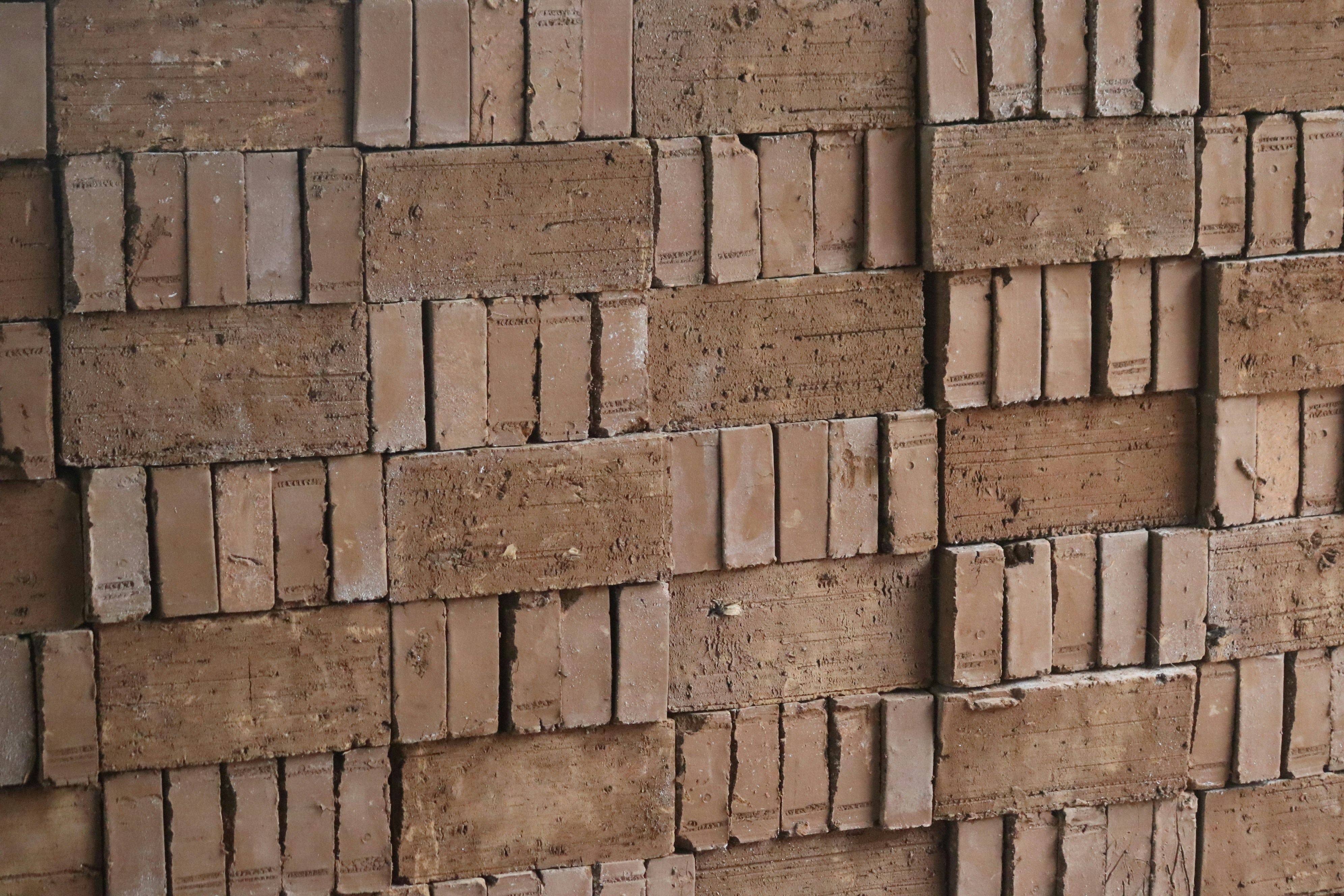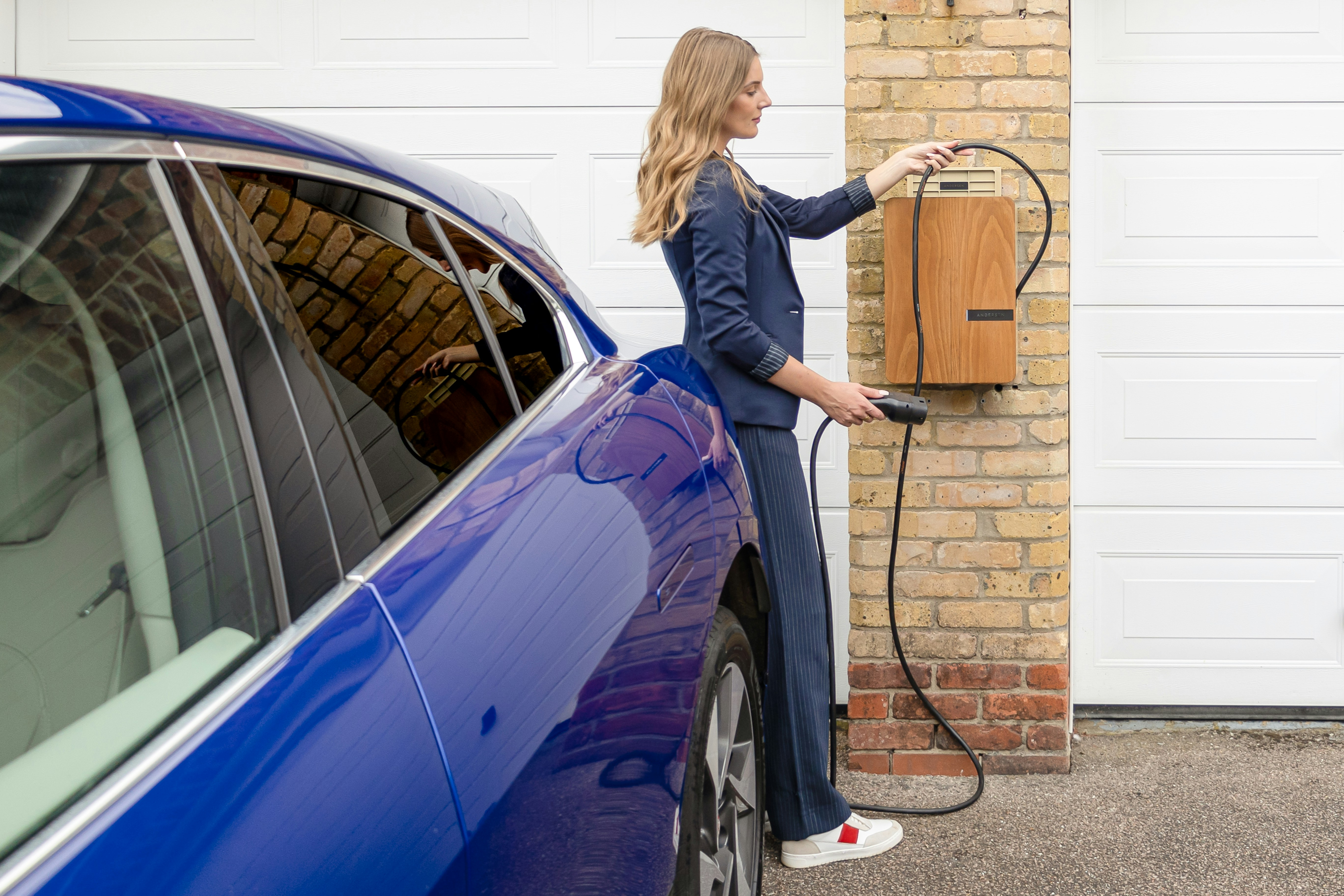.jpeg)
26 Green Questions Answered
You asked, and Cristal Clark answered. Whether you're new to sustainable living or well on your way, this guide addresses 26 of the most frequently asked questions homeowners have about building, buying, or remodeling an eco-friendly property. The top luxury realtor even shares essential tips on green building, moving, and how going green can help you when it comes time to sell. Ready to go green?
1. How Can I Start Making My Home Greener Right Now?
I recommend starting with simple changes, such as replacing outdated appliances with Energy Star®-rated models. According to the EPA, replacing older appliances in just ten homes can equate to planting 1.7 million acres of trees. Also, by using heat-generating appliances in the evening, you’ll help reduce energy demand during peak hours. Switch to LED bulbs, unplug devices when not in use, and incorporate natural ventilation to reduce HVAC reliance.

2. Are Green Homes More Comfortable to Live In?
That’s correct. Better insulation, air quality, and natural light enhance comfort. Green homes are quieter, have fewer allergens, and offer consistent indoor temperatures. These features improve mental and physical health.
3. What Is a Passive House and Why Does It Matter?
A passive house is a construction standard focused on energy efficiency. These homes use high-performance insulation, airtight construction, and smart ventilation systems to minimize heating and cooling needs. Incorporating passive design can significantly lower utility costs, improve comfort, and reduce your carbon footprint.
4. Will Going Green Help Me Sell My Home Faster?
100%! Eco-friendly homes are increasingly in demand. Features like solar panels, energy-efficient appliances, smart systems, and non-toxic finishes appeal to buyers and often reduce time on market. Marketing your home as green can attract a broader pool of qualified buyers.

5. Which Green Upgrades Have the Highest ROI?
Solar panels, dual-pane windows, insulation, and smart thermostats often offer the greatest returns. Tankless water heaters, energy-efficient HVAC systems, and high-efficiency washers and dryers are also excellent investments. These upgrades not only reduce operating costs but also increase home value.
6. Is Shopping Local Part of a Green Lifestyle?
That's an excellent question. Shopping at your local farmers' market supports the local economy and reduces emissions from food transportation. The Santa Barbara Certified Farmers Market offers some of the freshest produce in California. Local food is also seasonal, nutrient-rich, and often organic.

7. How Can I Improve My Indoor Air Quality?
Indoor air quality impacts health and well-being. Change HVAC filters monthly, and opt for low-VOC paints, sustainable flooring, and natural cleaning products. Avoid materials containing formaldehyde and invest in houseplants that naturally filter indoor air.
8. Can I Track My Home’s Efficiency?
Indeed. Schedule a home energy audit to get a HERS (Home Energy Rating System) score. This report identifies inefficiencies and suggests improvements. Smart meters and energy monitoring systems like Sense or Emporia allow real-time tracking of energy use.

9. What’s the Best Flooring for a Green Home?
Choose rapidly renewable materials like bamboo and cork or reclaimed hardwood. Polished concrete is durable and has thermal benefits. Natural linoleum made from linseed oil, cork, and jute is biodegradable and non-toxic.
10. What’s the Long-Term Business Case for Green Living?
Sustainable upgrades lower utility bills, qualify for tax credits, improve comfort, and increase property value. Green homes also meet evolving regulations and buyer expectations, making them future-ready and less risky as long-term investments.
11. What Are the Top Green Certifications for Homes?
LEED (Leadership in Energy and Environmental Design), ENERGY STAR, and GreenPoint Rated are widely recognized. The WELL Building Standard focuses on health and wellness, while Living Building Challenge is the most rigorous. These certifications boost credibility, appraised value, and marketability.
.jpeg)
12. How Do Smart Home Technologies Support Sustainability?
Smart thermostats, lighting, irrigation, and appliances help optimize energy and water use. Home energy monitors identify inefficiencies. Smart leak detectors reduce water damage and waste. Automation improves convenience while reinforcing sustainability.
13. Can a Luxury Home Be Both Elegant and Eco-Friendly?
Absolutely. Today’s designers create stunning spaces using reclaimed wood, eco-conscious textiles, natural stone, and energy-efficient fixtures. Luxury and sustainability now go hand in hand—especially in Santa Barbara, where aesthetics and responsibility coexist seamlessly.

14. What Are Some Eco-Friendly Backyard Upgrades?
Create a drought-tolerant landscape using native plants, permeable pathways, and mulch instead of traditional lawns. Install solar lighting, rainwater harvesting barrels, and compost bins. Consider a shaded pergola covered with climbing vines to reduce heat and provide natural outdoor living space. Raised beds for organic vegetable gardening and a pollinator-friendly flower patch support biodiversity.
15. What Role Does Sustainable Landscaping Play in Wildfire Resilience?
Native plants require less water and act as natural firebreaks. Maintaining defensible space, using gravel or stone instead of mulch near structures, and selecting fire-resistant species help reduce wildfire risk while supporting ecology.
16. How Do I Make My Outdoor Kitchen More Eco-Friendly?
Cristal recommends you opt for electric or propane grills over charcoal. Use recycled composite cabinetry, natural stone counters, and solar lighting. Install a green roof or living wall to provide natural cooling and reduce radiant heat.

17. Are There Green Upgrades for Swimming Pools?
Without a doubt. Saltwater systems use fewer chemicals and are easier on skin and the environment. Solar pool heaters significantly cut energy use. Automatic covers prevent evaporation and heat loss, while variable-speed pumps reduce energy demand. LED pool lighting enhances ambiance with minimal power consumption.
18. What’s the Best Way to Design or Remodel a Green Home?
Start with an energy-efficient building envelope: seal gaps, insulate thoroughly, and install high-performance windows. Choose locally sourced, sustainable materials and opt for solar panels and greywater systems. Incorporate skylights, cool roofs, and smart lighting to reduce dependence on artificial systems.

19. What About Recycled or Sustainable Building Materials?
Choose reclaimed wood, recycled metal and glass, bamboo, cork, and FSC-certified lumber. For insulation, use wool or cellulose. Recycled rubber flooring and countertops made from repurposed glass are stylish and eco-friendly. Select low-VOC adhesives and finishes to maintain healthy indoor air.
20. How Can I Finance Green Upgrades or Construction?
Explore PACE (Property Assessed Clean Energy) financing, green construction loans, and federal or state tax credits. Some lenders offer better terms for energy-efficient properties. Rebates for solar, appliances, and HVAC upgrades are also widely available.

21. Can I Install EV Charging at Home—and Is It Worth It?
By all means. Installing a Level 2 charger increases convenience and future-proofs your property. Many buyers now expect EV-ready homes. Rebates and tax credits often offset installation costs, and homes with chargers typically sell faster.
22. Are There Eco-Friendly Home Staging Ideas?
There certainly are. After all, you only have one chance to make a first impression. Rent furniture instead of buying new. Use natural fiber textiles and live plants. Maximize natural light to reduce energy use. Highlight sustainable features like solar panels or reclaimed wood beams during showings.
23. What Is Green Moving and How Do I Do It?
Green moving reduces environmental impact during relocation. Hire movers who use biodiesel trucks and reusable packing materials. Donate unneeded items, use biodegradable packing peanuts, and rent reusable plastic bins. In Santa Barbara, Movegreen is a top-rated eco-friendly provider.

24. How Do I Build a Green Guest House or ADU?
Use prefabricated components to reduce waste. Incorporate solar panels, energy-efficient windows, and low-flow fixtures. Choose non-toxic materials and insulate thoroughly. Consider modular construction for fast, efficient, and sustainable builds.
25. Will Going Green Help Me Sell My Home Faster?
Affirmative. Eco-friendly homes are increasingly in demand. Features like solar panels, energy-efficient appliances, smart systems, and non-toxic finishes appeal to buyers and often reduce time on market. Marketing your home as green can attract a broader pool of qualified buyers.

26. What’s the Future of Green Luxury Real Estate?
Expect net-zero homes, biophilic design, and carbon-neutral construction to become standard. Innovations like mycelium insulation, hempcrete, and smart glass are shaping the next era of eco-luxury living. Santa Barbara is at the forefront.
Next Steps: Let’s Build or Find Your Eco-Conscious Dream Home
Whether you're buying, building, or remodeling a green home, I can help. I work with trusted local contractors and architects who specialize in sustainable design. Plus I know where to find hidden gems, including land, that align with your environmental values.
Call veteran realtor Cristal Clarke at (805) 886-9378 or email her at Cristal@montecito-estate.com to start your green real estate journey in Santa Barbara, Montecito, Hope Ranch, or the surrounding coastal communities. Cristal’s ready to make your next move a meaningful one, for your future and the planet.
Of Related Interest: